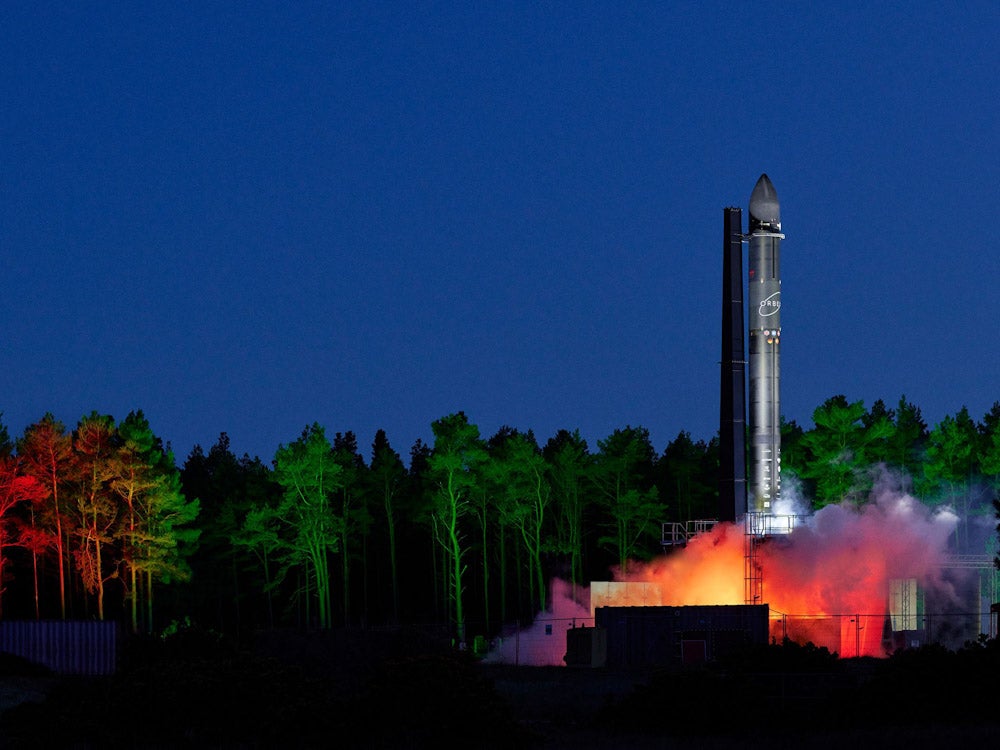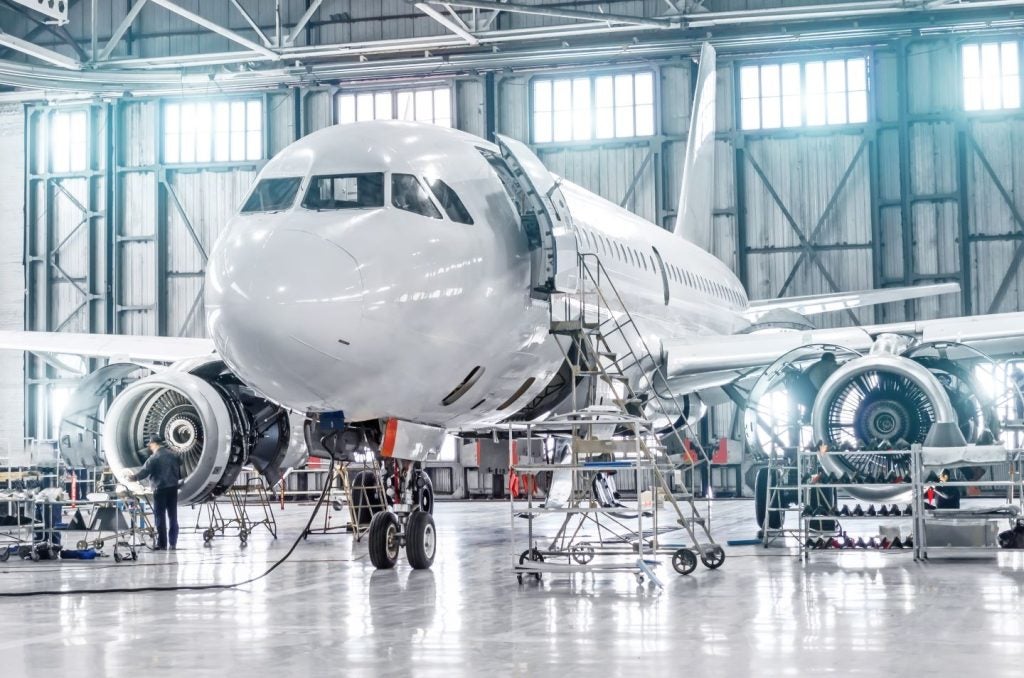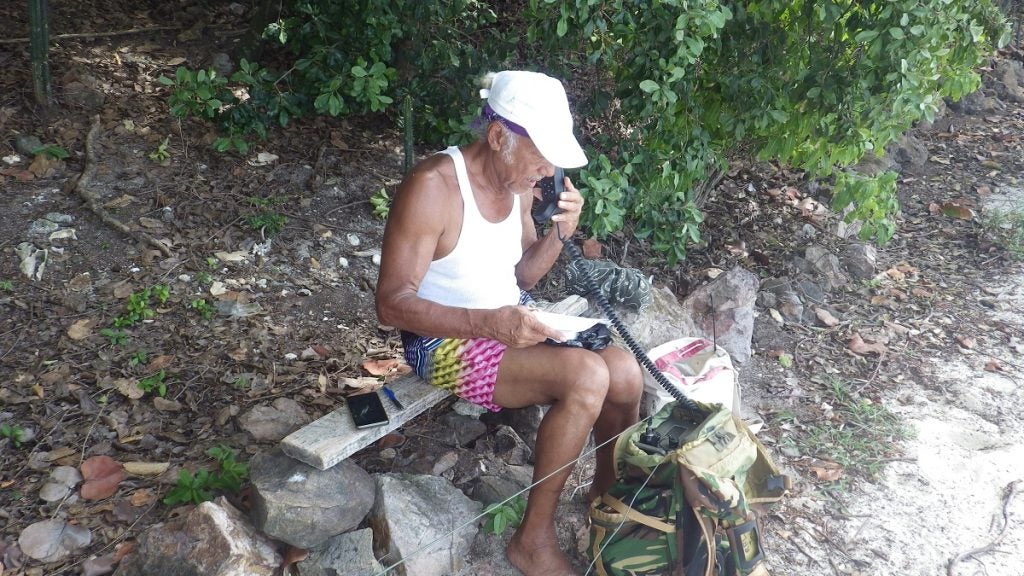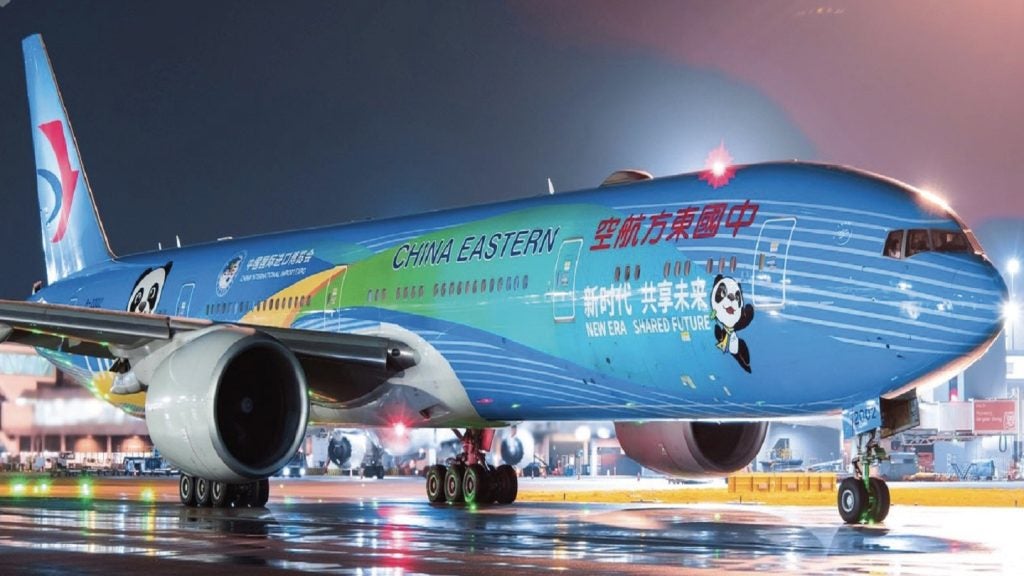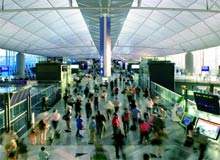
Barry Mansfield: Hong Kong has experienced a massive increase in traffic since it opened in 1998. Did that enter your planning?
Howard Eng: Yes. When the first terminal was completed we were comfortable that we’d be able to process passengers up to the region of 50 million a year. That was the level of service we wanted in Hong Kong.
So, when we opened the airport we had about 28 million per annum and the finalised annual passenger volume for 2007 is 47.8 million. That means a jump of nearly 20 million passengers from 1997 to 2007, an increase of 70%.
BM: What major infrastructure enhancements has Hong Kong made to improve passenger flow at terminal 1?
HE: We first launched our master plan in 2000, called ‘master plan 2020’, for long-term development. Most airports plan ahead by around 20 years. Why? Because infrastructure takes around three to five years to build, meaning from the time you plan it to completion. But we’ve been going back over things and updating every five years because nobody can see the future that clearly.
See Also:
In this master plan we analysed different facets of the airport, looking at the various flows and tried to work out where we could expect congestion as we approached the ultimate capacity throughput. We conducted another long-term plan for 2025, which estimates that we will handle around 80 million passengers and eight million tons of cargo. We could see that with the growth in passengers there would be a requirement for additional check-in counters.
How well do you really know your competitors?
Access the most comprehensive Company Profiles on the market, powered by GlobalData. Save hours of research. Gain competitive edge.

Thank you!
Your download email will arrive shortly
Not ready to buy yet? Download a free sample
We are confident about the unique quality of our Company Profiles. However, we want you to make the most beneficial decision for your business, so we offer a free sample that you can download by submitting the below form
By GlobalDataToday, in terminal 1, we have around 220 check-in counters. But that is one area that in future will be processing more and more passengers, both with the offside check-in and people doing home-side check-in.
BM: Are you confident that as the passenger volume continues to grow, creating extra demand for new services and facilities, this demand can be satisfied?
HE: Sure, but you have to remember life was different when we first designed the airport back in the 1990s. After all, it was only in 1997 that Hong Kong reverted back to Chinese control, as a special administrative region. The number of people travelling from China to Hong Kong wasn’t so high in those days.
Since the handover, as the whole world can now appreciate and observe, China has become the manufacturer of the world. The last decade has seen phenomenal economic growth. A lot of manufacturing activity has been relocated out of Hong Kong and into mainland China, into a city just across the border called Shenzhen – 20 years ago it was a quiet little fishing village north of Hong Kong. Today it is a metropolitan area of some eight million people.
So, all of a sudden a lot of people who come to Hong Kong are intending to do business or go to look at factories in the Pearl River delta region.
BM: How do you manage such huge numbers? Do you handle coach and ferry passengers separately?
HE: By taking cross-boundary ferries, passengers do not have to go through immigration and customs checks at the ferry pier – SkyPier – at HKIA. We also offer a bonded bus service to shuttle passengers between the airport’s terminal building and the ferry pier. So, while passengers don’t need to go through customs and immigration checks, they are still transferring at HKIA.
BM: You opened terminal 2 in June 2007. How and why was it built and what was it meant to serve?
HE: We rightly predicted the likely shortage of check-in services and, of course, we now have a large number of tourists coming through China as well. When we developed T2, it was never intended just as a facility to check people in. It’s what we call a multi-modal hub, so people can check in and then, arriving in HK, can walk into the lower level of the terminal – where our cross-boundary coach station is, in a very comfortable environment with air conditioning – and wait
for the coach.
At the same time, we are in the process of developing a permanent pier. We want to get it up and running very quickly. It will be connected by a driverless train, which will take the passengers who are checked in.
BM: Have your spending requirements changed with time? Has any re-budgeting been necessary?
HE: So far, we’ve been lucky. We’ve not had any major budgeting changes. Since we opened, the board has approved around $7bn-worth of development projects. T2 only accounts for $2bn of that. The SkyPier 2, which hopefully will be completed in 2009, will cost over $1bn. Construction of ten new cargo stands was completed and a total of 34 cargo stands are now in service.
But now we also have a big programme of resurfacing the two existing runways. We have secured $750m to modify and enhance the capacity of our baggage system and $1bn to build an additional concourse, so that we can have ten additional bridge positions for small aircraft. Added to that, we’ve received half a billion to expand our arrivals area.
BM: Has new technology played much of a role in your effort to improve passenger flow at the airport?
HE: We are in the process of putting in common-use self-service kiosks. Actually, right now we’re working out with the airlines what kind to put in and where. Also, we were one of the first airports in the world to use RFID baggage tags. Our system can handle 5% more an hour. Before we put in RFID it could handle 8,000 an hour, but the tags have helped us to be more efficient and sort the bags more quickly and accurately. And, with our latest $750m improvement, we expect to be able to
do 16,000 an hour.
We use it for all the bags originating and transferring out of Hong Kong. They enable us to know the flight number and where it’s supposed to be going and distinguish between first class and economy class luggage. I think it’s fair to say we’ve been a technology pioneer.
BM: What’s the secret to balancing passenger comfort and convenience with tight security?
HE: Technology plays a central role in this, too. For example, all our bags go through our X-ray system. We were one of the first to X-ray 100% of all the bags that go into the aircraft. The logic behind this stringent measure is to make sure that after they go through the X-ray, nobody can tamper with them. That’s a technology I would like to be used around the world.
As an industry, we must balance facilitation with the highest standards of security. That’s what the passengers want – to be safe and secure. But we must use technology wherever we can to ensure that the customer experience remains comfortable and pleasant. We put a lot of pressure on ourselves in the pursuit of this.
We’ve set things up so that 95% of our passengers should not have to wait more than five minutes before being screened and going through security. Similarly, the first bag must arrive at the baggage carousel within 20 minutes and the very last within 40 minutes. It’s stage-managed so that by the time people have moved through immigration, the bags have already started arriving.



